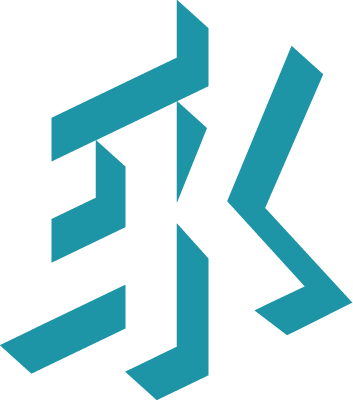Deviant Robot
Branding and lllustrations
I led the design of Deviant Robot’s visual identity, including branding, illustrations, iconography, and event collateral. From early sketches to final execution, I had full creative freedom, which allowed me to immerse myself in the community and shape a brand that felt authentic and inviting.
"Our mission is to unite a global community to celebrate geek culture and engage in the free exploration of imagination and ideas.”
This core motto from Deviant Robot resonated with me, not only as a designer but as a fellow tabletop gamer, model builder and community member. I was excited to contribute to a brand that thrived on creativity, collaboration, and playful expression.
A traditional approach
Before tablets and styluses became the standard, sketchbooks were my go-to. For Deviant Robot, I started with pen and paper, exploring logotypes, mascot forms, and layouts the old-school way.
As the ideas evolved, so did the sketches. I explored many iterations to find a concept that captured the brand’s charm and adaptability. What we landed on felt playful, modular, and full of energy.
Basics
We knew the logo would need to live everywhere, such as websites, stickers, posters, T-shirts, maybe even embroidery or holograms. So I tested logo lockups, symbols, and simplified shapes to ensure legibility at all sizes.
I also developed a secondary system of badge-style icons, each with its colour to represent a part of the Deviant Robot community, from podcasts to events to comics. This helped scale the identity with clarity.
Mascot, Iconography and Stationery
The mascot became a central piece, quirky and robot-like, but expressive and welcoming. I created a flexible illustration system to keep the personality consistent across use cases and formats.
From icon sets and lanyards to stationery and co-branded material, we ensured that the brand extended consistently across both print and digital channels. Everything was designed to feel collectable and fun.
Illustrations
We wanted the illustration style to feel vibrant and nostalgic as something that would speak to comic lovers, gamers, and creators alike. Think retro-futurist with a modern indie twist.
Some of the pieces were tied to community outputs like podcasts and livestreams, while others were standalone posters. Each visual became a world of its own, but still felt unified under one voice.
























